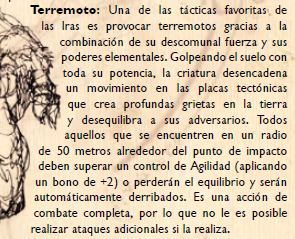- 9,980
- 2,017
From this blog: https://vsbattles.fandom.com/wiki/User_blog:Antoniofer/Wrath's_Wrath_(Anima:_Beyond_Fantasy)
Mr. Bambu and Gallavant agreed in converting the force to move the tectonic plate, however Kepekly disagreed with that; personally I think he is right, but I though since the Regigigas calc was accepted that specific method can be accepted.
The other methid Gallavant suggested me is to use the Earthquake Chart (Magnitude 1), real earthquake since it imply moving a tectonic plate. So, what do you think it would be a more appropiated method?
Mr. Bambu and Gallavant agreed in converting the force to move the tectonic plate, however Kepekly disagreed with that; personally I think he is right, but I though since the Regigigas calc was accepted that specific method can be accepted.
The other methid Gallavant suggested me is to use the Earthquake Chart (Magnitude 1), real earthquake since it imply moving a tectonic plate. So, what do you think it would be a more appropiated method?
